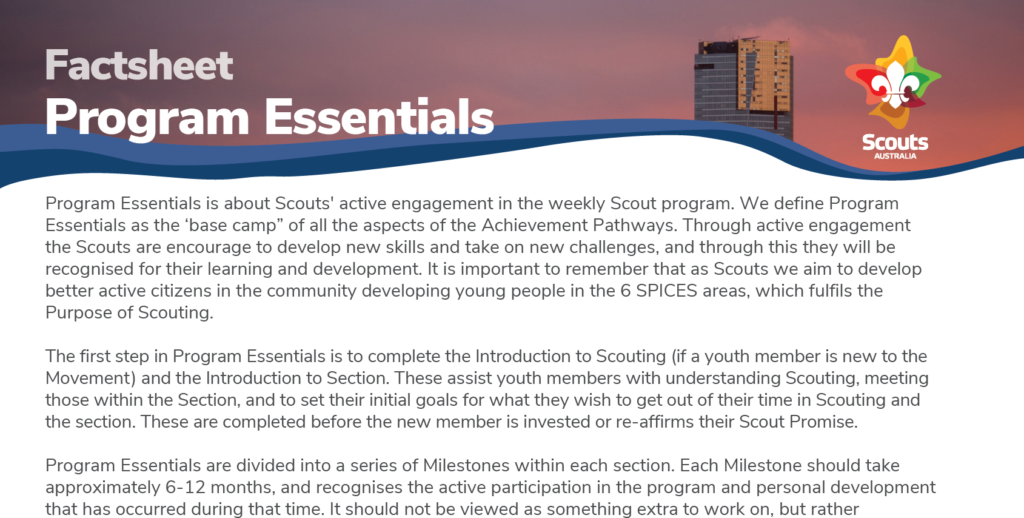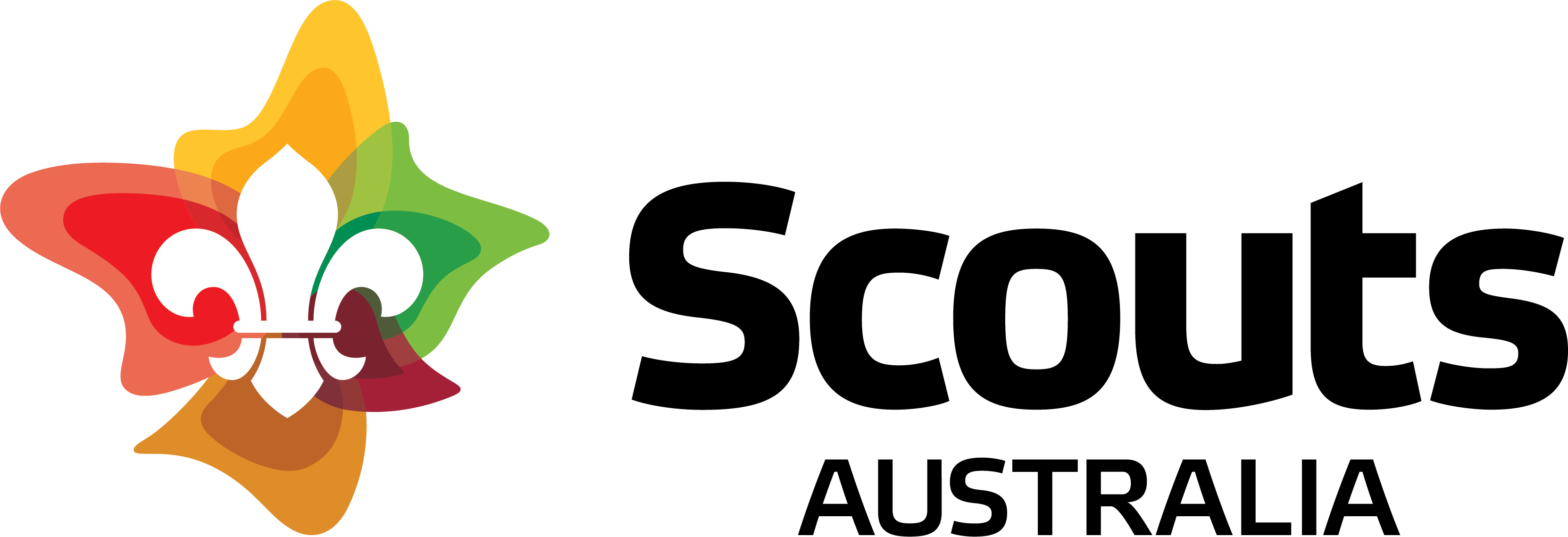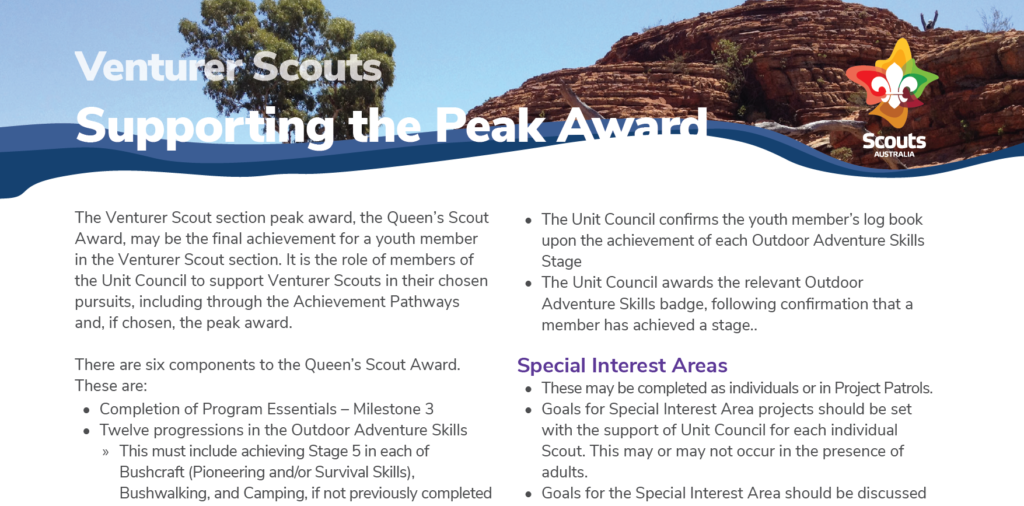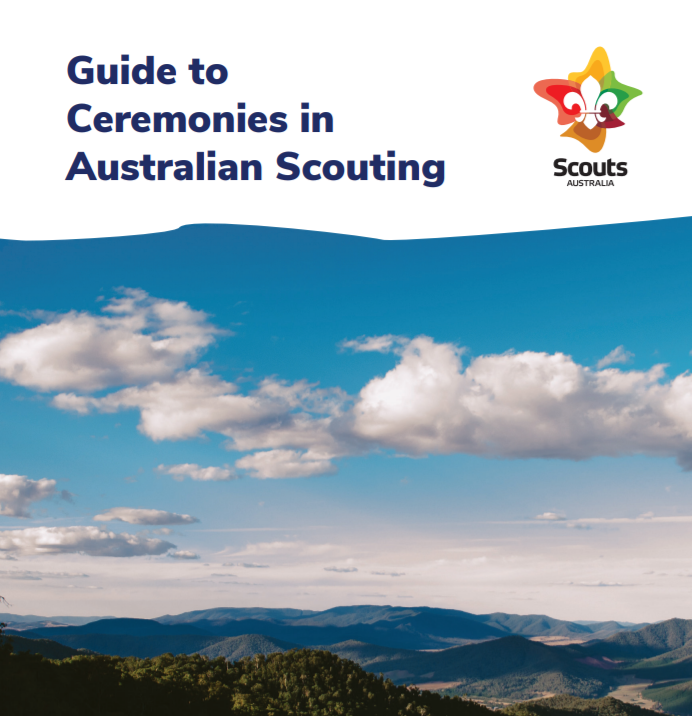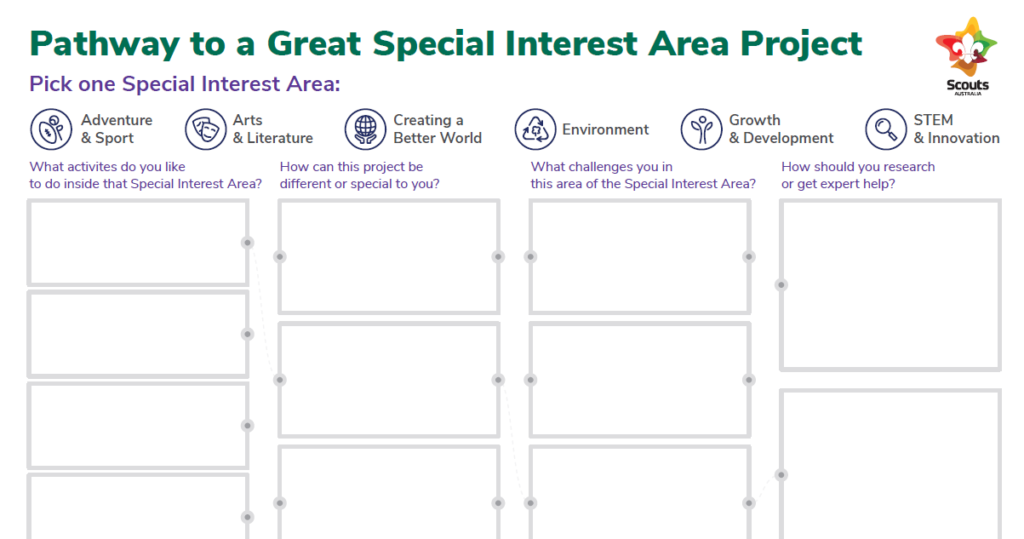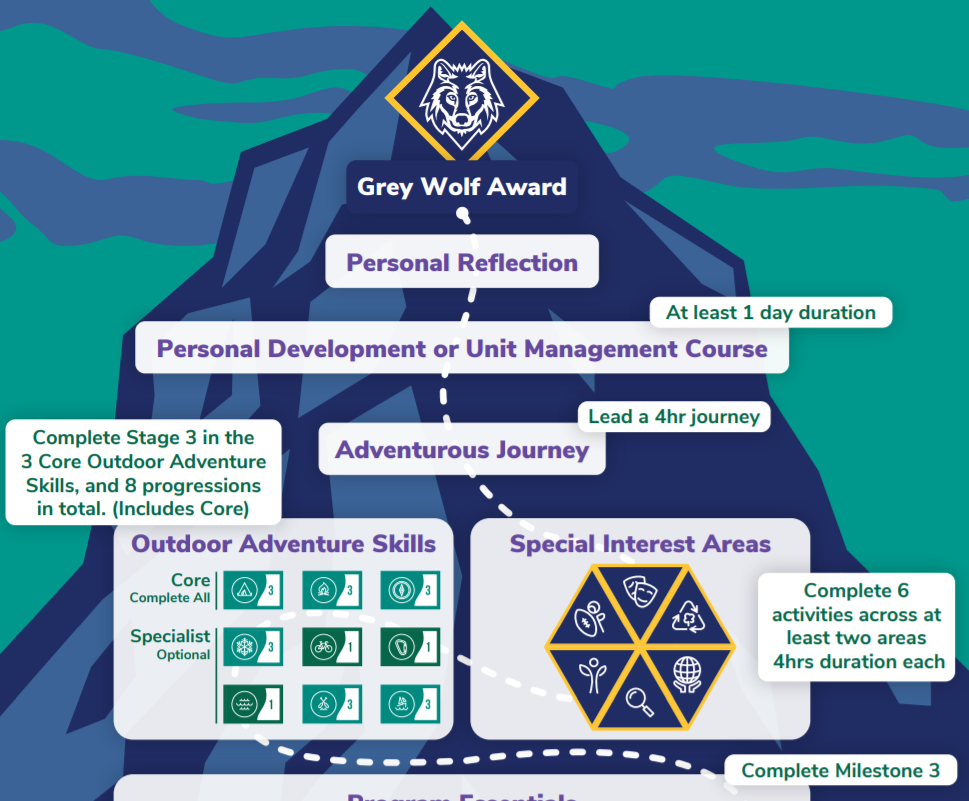The downloadable factsheets supporting the four main elements of the Achievement Pathways have been updated. You can now find updated factsheets for the Program Essentials, Outdoor Adventure Skills, Special Interest Areas, as well as the factsheet outlining the five peak awards.
Updates are minor. They include:
- branding update
- inclusion of Scouts | Terrain
- some tidy up of text for improved clarity
- language update, mainly around adventurous activities guidelines
- update to unit management course or personal development course (rather than generic leadership course) for peak award requirements
The refreshed factsheets can be found on the Achievement Pathways page, under the relevant tab.
